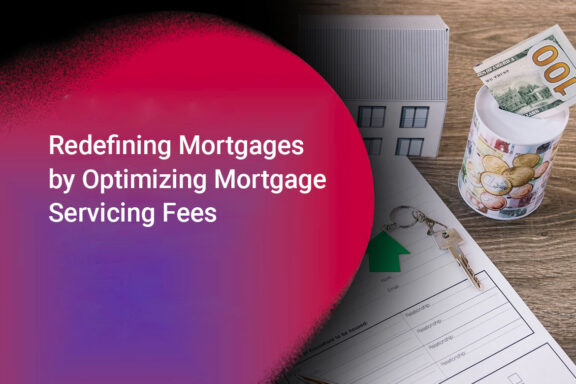The 2017s 2nd-Quarter Lender’s Sentiment Survey reveals that more mortgage lenders, compared to 2017s 1st-quarter sentiment survey, have eased credit standards (for government-sponsored enterprise eligible (GSE), non-GSE-eligible and government loans) and are contemplating to further ease the standards in the coming months. The reason is obvious – to qualify more borrowers and boost the sagging mortgage market.
As easing of credit standards happened to be one of the ingredients for the housing bubble, fears over another possible bubble seems to be looming large. To our mind, the possibility of a recurrence is remote, as the lessons learnt in 2004, will significantly influence the easing of loan standards this time. Unlike 2004-2006, when combination of unlimited debt-to-income ratios, liar loans, and negatively amortizing loans triggered the collapse, lenders will take greater care to sanction loans based on verifiable income and reasonable debt-to-income ratios.
As lenders ready themselves to ease credit standards, its time they keep a strict tab on the quality of the loans produced. Quality loans move through quickly, get closed faster, get delivered without delays and perform better in the long run. And most importantly, they will help you escape the regulatory dragnet.
Listed below are 3 to-do things that will go a long way to keep lending under control:
Closely Monitor Asset Quality:
This will help lenders detect asset quality problems no sooner than they manifest, and nip credit risk before it gets too late. Such measures include reporting on the rate of policy exceptions; following vintage analysis of loans (which serves as an eye opener when a recent vintage is noticeably weaker than previous vintages), and tracking loan growth rate in comparison to others.
Enhance Risk Management Practices:
Easing of credit standards should be backed with proper safeguard measures. This means, mortgage lenders need to adopt the right risk management practices. One such practice is to increase the scope of independent loan review, so that new originations can be evaluated thoroughly. Risks need to be properly quantified, which means higher-risk portfolios must be rightly identified and classified for closer monitoring. Additionally, lenders must hire more staff to handle increased volumes of loans, else they may botch things up at their end.
Capital Planning Must Factors in Increase in Risk.
This particularly stands true for big lending institutions. The capital planning process of banks must account for changes in risk across the bank. This doesn’t only mean maintaining minimum capital ratios as mandated by the regulatory board. In the age of credit easing, banks must embrace a capital planning that is sensitive to changes in a bank’s risk profile. This goes a long way to ease shareholders concerns.
An increasing number of mortgage lenders believe that advances in technology and data analysis has helped them accurately determine who is a good credit risk. Combine this with the latest finding of Vantage Score Solutions which states that there has been a dramatic improvement in mortgage borrower payment behavior since 2004-2006, there are reasons to believe that the ongoing and upcoming credit standards easing will benefit the industry by and large.







No Comments